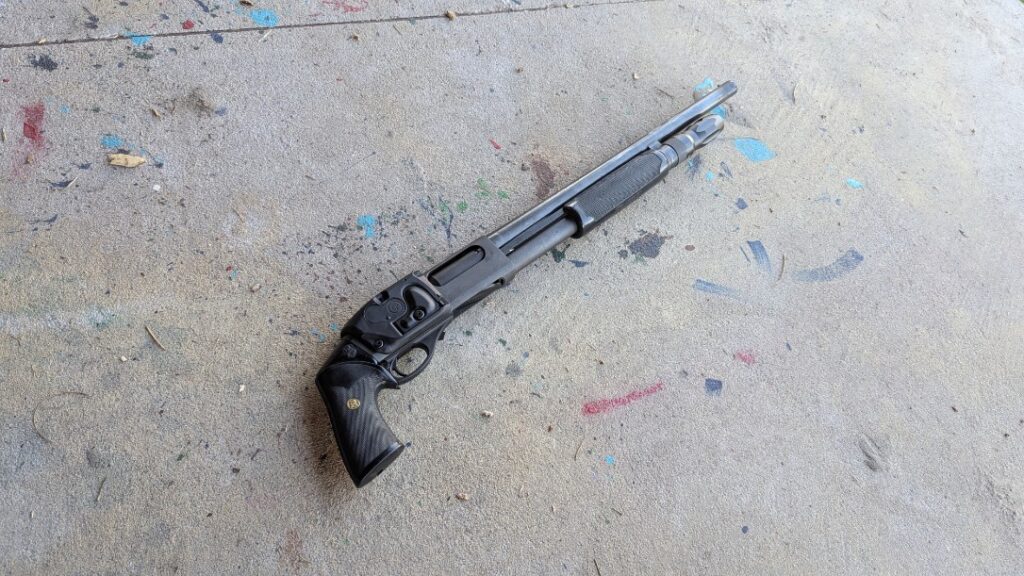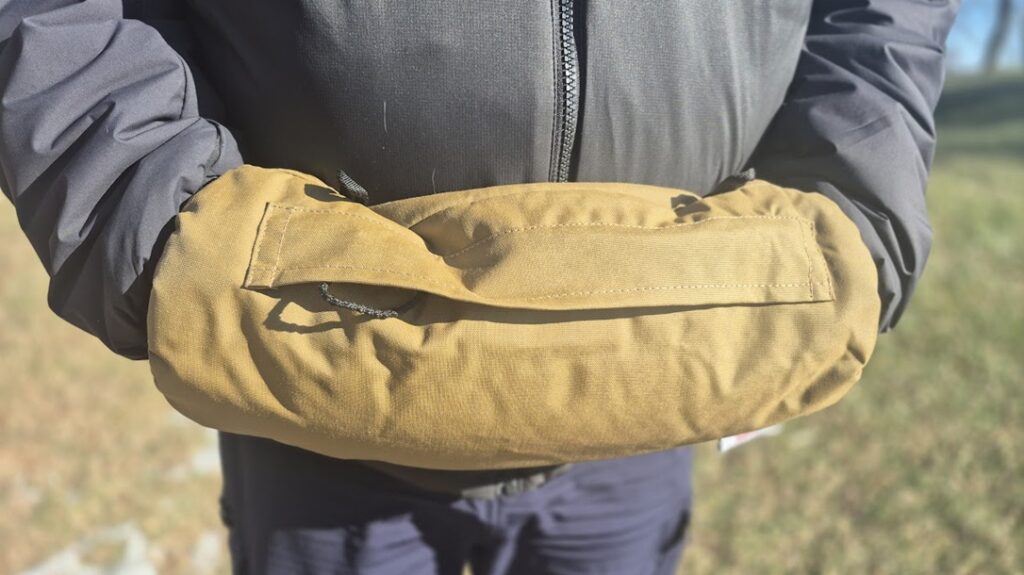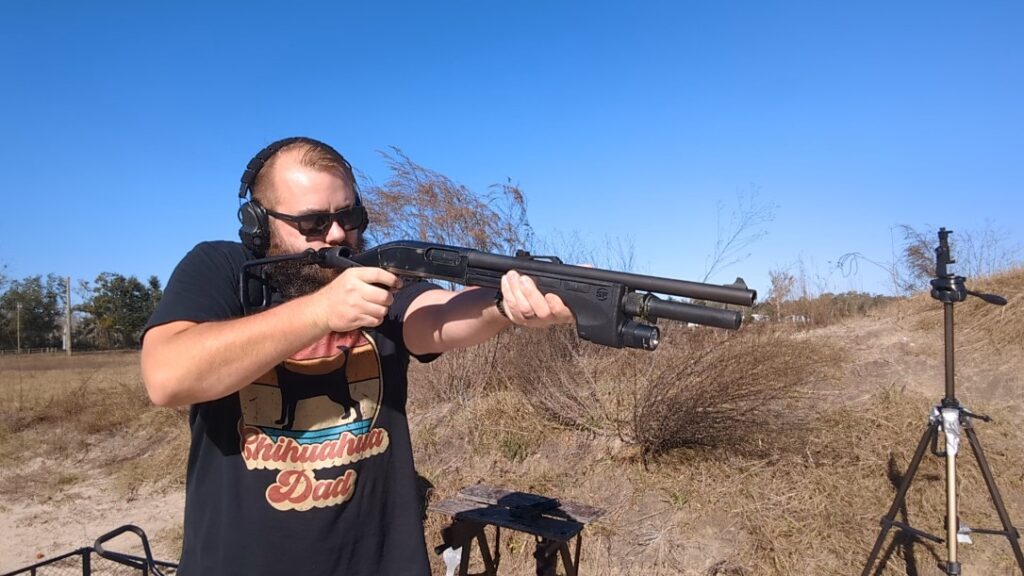I recently traveled to sunny Destin, Florida, to attend a Pistol Red Dot Course with War Hogg Tactical. War Hogg Tactical is owned by Rick Hogg, a 29-year Army Special Operations veteran and current traveling firearm instructor. If you have ever played Far Cry 5, you will see that he’s the guy who actually trained a dog to retrieve a rifle for the game. The course was great, but we aren’t talking about the course much today. Instead, we are talking about the Firearms Training Notebook.
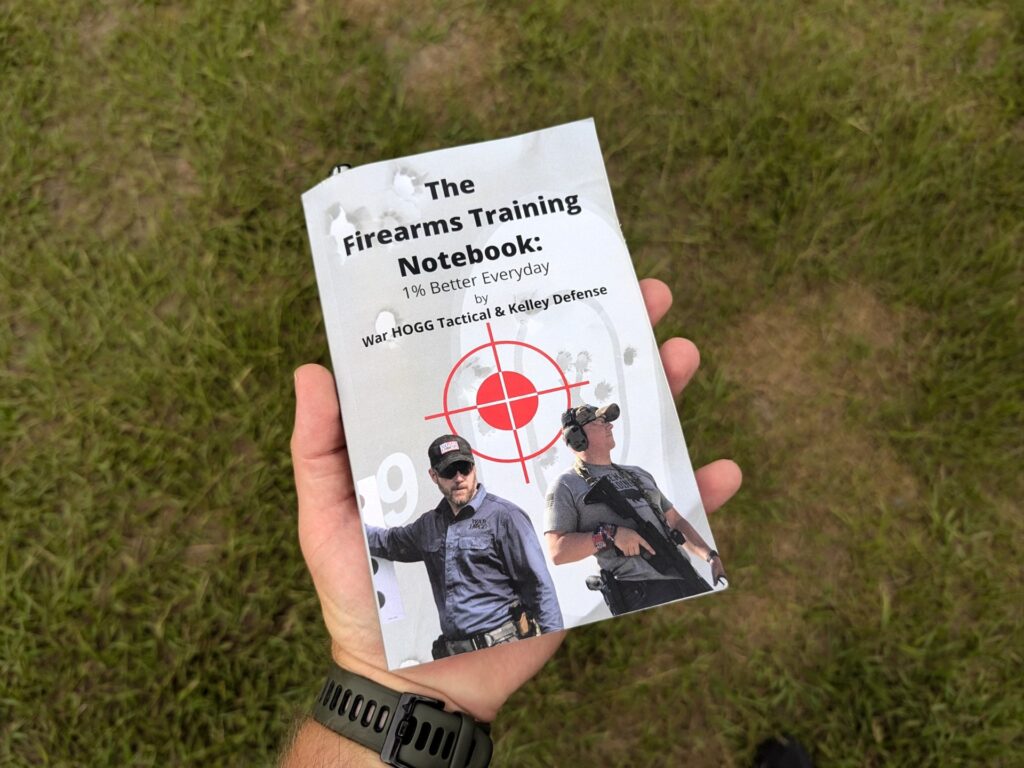
Every student received a copy of the Firearms Training Notebook, and throughout the course, almost everything we did was recorded in that notebook. I’m a big fan of the idea of a training notebook. I’ve been using a simple notebook for years to record various portions of my training. In the past, I’ve used a notebook to record the basics of a drill, and it all started with gathering information for firearm reviews.
Advertisement — Continue Reading Below
I quickly found that I was referencing notebooks to find times for drills, accuracy results, and how far I could take a firearm out and shoot it accurately. My notebooks became quite handy. I was pleasantly surprised to see I’m not the only one who uses or preaches about using a notebook.
The Firearms Training Notebook – Notes for Nerds
My simple little notebook had no structure or organization to it. I just jotted crap into it and called it a day. I typically labeled the drill and times but not much else. It’s a mess. The Firearms Training Notebook provided a standardized means to record data. Not just the drill but the distance, the splits, the par time, the shots fired, and more.

Advertisement — Continue Reading Below
The idea behind the book and keeping a training journal is simple. It allows you to track progress and examine data. You can get a lot of data from a string of fire. For example, as we trained with Rick, I observed that my splits were slowest at the beginning of the drill. It was as if I didn’t have the confidence to make those first two shots quick and got faster as my confidence grew throughout those drills.
This told me to stop being slow and start pulling that damn trigger as soon as it was on target. You could pick all sorts of data from varying strings of fire if you are looking for it. Maybe you’re slower shooting a target to the right than to the left? Maybe you can pinpoint the exact speed at which you begin to lose accuracy when you start going fast.

Advertisement — Continue Reading Below
The data tells a story, and if you use the data, you can figure out how to self-diagnose your shooting problems and potentially fix them. This allows you to get a little better every time you go and train. It can save you ammo and time by helping you figure out what you’re doing wrong and how it’s affecting you.
Inside the Firearms Training Notebook
The book itself mainly consists of pages of blank tables. The tables feature a setup section and a notes section as well. You can record the drill name, the range, and the shots fired and have plenty of room to record your times. You have several blank slots, and the tables are adaptable to nearly any drill. It’s simple and effective at recording data for reference.
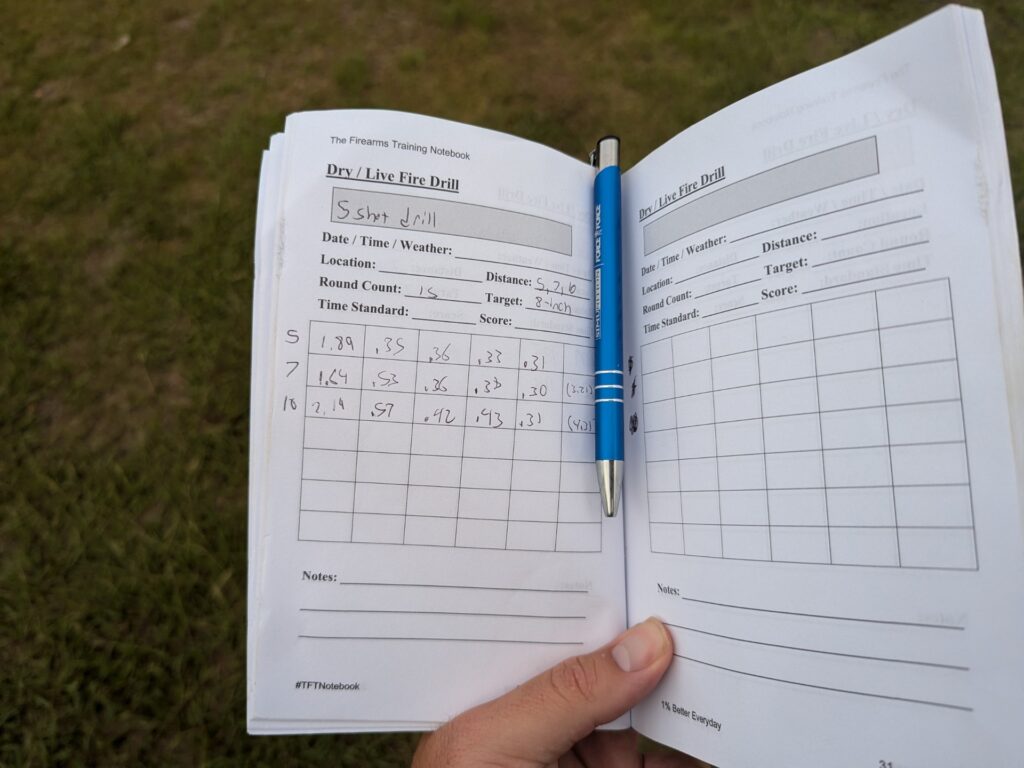
Advertisement — Continue Reading Below
The Firearms Training Notebook contains a page for the War Hogg self-evaluation drill and numerous QR codes to take you to various drills you can take to the range and try yourself, as well as QR codes for printable targets. The book is simple but handy. It provides all the instructions you need to use the book, and it’s pretty easy to figure out. It’s small and easily fits into a back pocket or range bag with ease.
The men behind the book include Rick Hogg and fellow firearm instructor Mark Kelley of Kelley Defense. Both men have nearly 70 years of experience and train a variety of police, military, and civilians. I was impressed with the Red Dot course and the Firearms Training Notebook.
If you want one, check out War Hogg’s website, and you can order one. It’s a training tool most people will overlook, but one that’s immensely valuable for both live fire and dry fire training. It’s also a cheap tool within the world of firearms and well worth the investment.
Advertisement — Continue Reading Below


